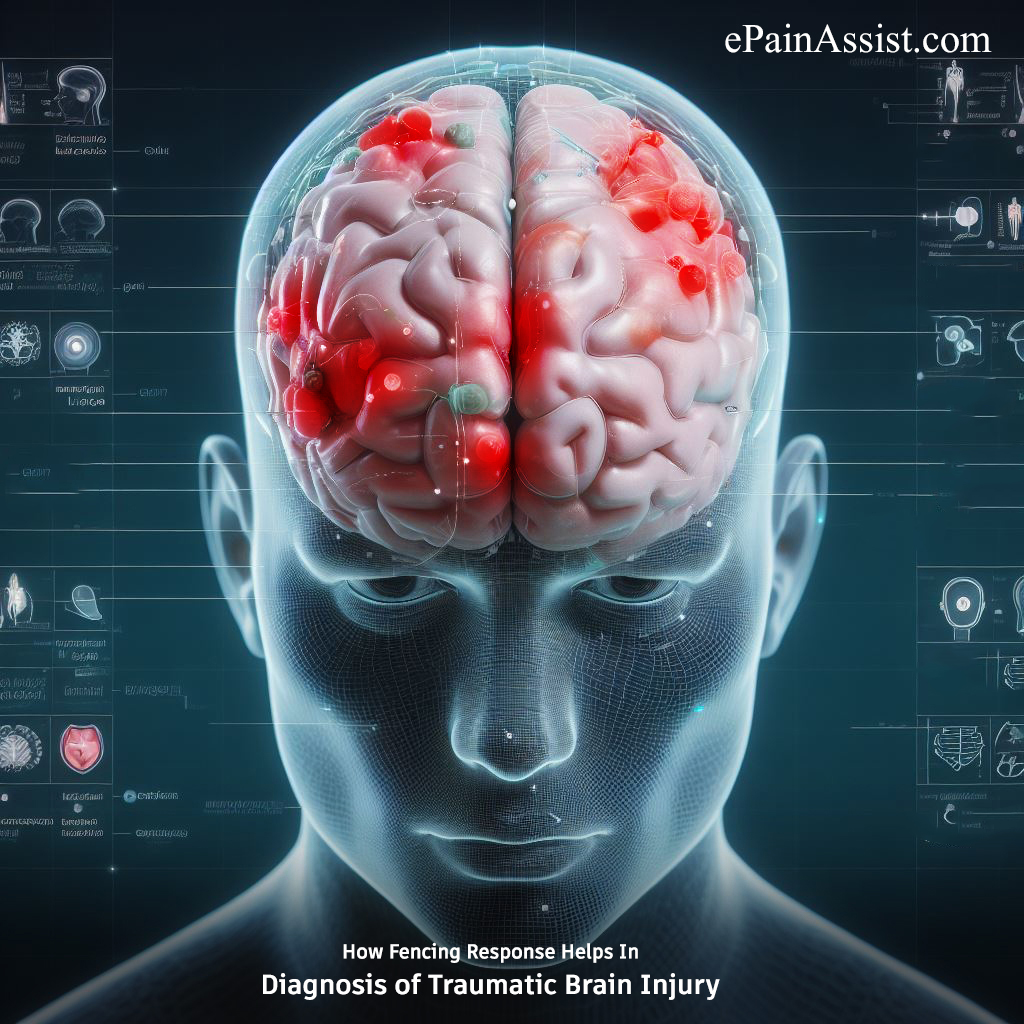What is the Fencing Response?
The fencing response is a specific reflex that gets reactivated after suffering from a brain injury. It can also help in assessing the severity of a traumatic brain injury.(1)

When an individual experiences a very strong impact, which is severe enough that it causes TBI or traumatic brain injury and concussion, then their arms tend to move into an unnatural position where the forearms can be flexed or extended in the air after the impact.(1) This is known as the fencing response position and it can last up to multiple seconds after experiencing the impact or collision.
The fencing response is commonly seen when a sportsperson or a player gets knocked down when playing rigorous sports, such as boxing, football, rugby, hockey and martial arts.

Why Does Fencing Response Occur and What Does It Mean?
This name fencing response is derived from fencing reflex also known as asymmetrical tonic neck reflex (ATNR), which is seen in newborns.(2, 3) This reflex in newborn babies is seen when they position themselves with one arm extended and other flexed with their head in the direction of the extended arm resembling a fencing athlete.(4) This fencing reflex in the babies often stops after they are around 4 months old.
The fencing response as mentioned before is seen after an impactful brain injury and because of the impact it is thought that the force of it to the brainstem can temporarily reactivate the ATNR or fencing reflex.

How Fencing Response Helps In Diagnosis of Traumatic Brain Injury
There are many indicators used by doctors to evaluate the degree of the brain injury like the 15-point Glasgow coma scale. There are many reasons, such as concussions cannot be seen on CT or MRI scans and this is why doctors look for various indicators for more accurate diagnosis.
A part of this evaluation process is if the fencing response was witnessed by anybody; and if it was seen after an injury, then it means that the injury was worse where this response is seen when compared to zero response, as the occurrence of fencing response means involvement of the brainstem.
A study from 2009, which assessed more than 2,000 high-impact knockout YouTube videos and came to the conclusion that about two-thirds of head injuries with serious impacts showed a fencing response.
It was also shown by the experts that as per the animal models, fencing response was seen as a reaction to moderate traumatic brain injury and in mild TBI even the mild injury caused concussion or unconsciousness.
What is a Concussion and What Are Its Signs?
A concussion is a mild brain injury caused by trauma to the skull or body, which causes some kind of damage within the skull. If a concussion is suspected, then medical consultation should be sought immediately.
Some of the important signs of concussion are:(5)
- Slurred speech.
- Painful headache, which worsens and persists.
- Reduced body coordination.
- Confusion and drowsiness.
- Loss of consciousness.
- Convulsions/seizures.
- Sensitivity to light or noise.
Conclusion
The fencing response is potentially an effective diagnostic tool in determining the extent of the TBI or traumatic brain injury. If you have suffered a severe blow to the head and suspect that you can be suffering from a traumatic brain injury, then it is highly advised to seek your doctor’s help.
